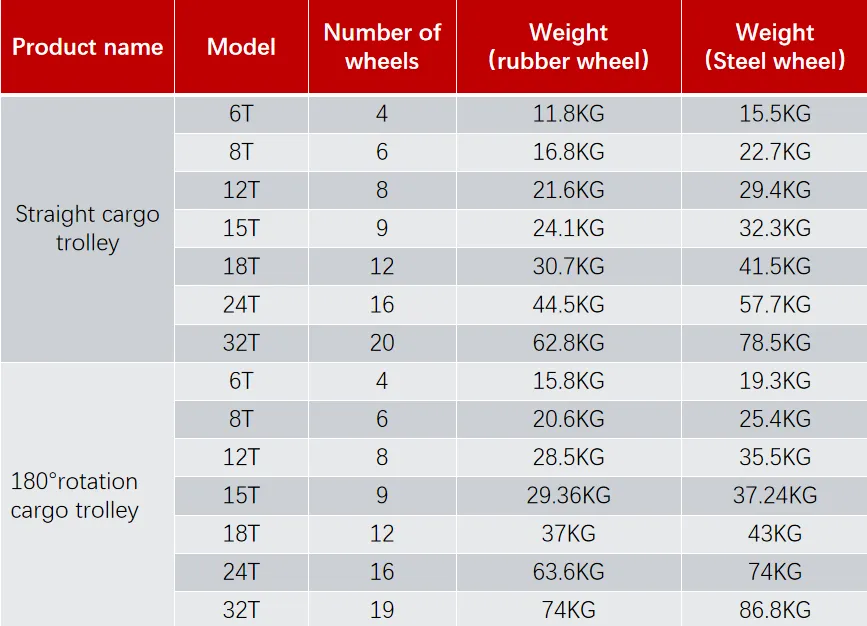overhead protection gantry
Understanding Overhead Protection Gantries A Comprehensive Overview
Overhead protection gantries are essential structures employed in construction and engineering projects to ensure the safety of workers and pedestrians below. These systems are designed to mitigate the risks associated with falling items and debris during construction activities, providing a necessary safeguard in bustling urban environments where heavy machinery and pedestrian traffic coexist.
The Importance of Overhead Protection
In construction sites, the potential for accidents involving falling objects is a significant concern. According to occupational safety statistics, one of the leading causes of injuries on construction sites is related to falling tools and materials. Overhead protection gantries serve to shield individuals from these hazards, thus playing a vital role in maintaining safety standards. These structures not only protect the public but also help to reduce liability and improve project timelines by minimizing the risk of work stoppages due to accidents.
Design and Structure
An overhead protection gantry typically consists of a robust frame that spans the area above the construction site. The framework is constructed from high-strength materials such as steel or reinforced aluminum to withstand heavy loads. The top surface is often covered with protective netting or panels that act as a barrier, preventing materials from falling and providing a safe walkway for workers.
Proper design is critical in determining the effectiveness of a gantry. Engineers take into consideration factors such as load capacity, height, wind resistance, and the specific context of the construction site when designing these structures. The gantries must conform to local regulations and building codes, ensuring they meet the necessary safety standards.
Installation and Maintenance
Installing an overhead protection gantry involves careful planning and execution. The site must be assessed to determine the appropriate dimensions and positioning of the gantry. This process often includes surveying the area and identifying potential hazards. The installation team must also consider traffic patterns to ensure that the gantry does not obstruct pathways for pedestrians or vehicles.
overhead protection gantry

Once installed, ongoing maintenance is crucial to ensure the gantry remains safe and functional throughout the course of the project. Regular inspections are necessary to identify wear and tear, especially in high-stress areas where the structure may bear substantial loads. This maintenance involves checking for rust, structural integrity, and the condition of the protective coverings.
Regulatory Considerations
In many regions, there are strict regulations governing the use of overhead protection gantries. These regulations are intended to ensure that both temporary and permanent structures maintain safety standards. Contractors must familiarize themselves with the local laws and guidelines, which often require obtaining permits before the installation of a gantry.
Failing to comply with these regulations can lead to significant penalties, including fines and work stoppages. Therefore, ensuring that installations meet all legal requirements is not just a matter of compliance but an integral part of operating a successful construction business.
Best Practices and Innovations
As the construction industry evolves, so too do the techniques and technologies associated with overhead protection. Innovative materials and construction methods are being developed to improve the strength and durability of gantries. For instance, lightweight composite materials can reduce the overall weight of the gantry, making it easier to transport and install without compromising safety.
Moreover, advancements in safety technology, such as sensors that detect structural stress, are being integrated into overhead protection gantries. These technologies provide real-time data, allowing for proactive maintenance and ensuring the safety of workers and pedestrians alike.
Conclusion
Overhead protection gantries are a critical component of modern construction safety practices. By providing a shield against falling objects, they protect workers and the public while enabling construction projects to progress with reduced risks. As innovation continues to shape the construction industry, the design and implementation of these structures will undoubtedly evolve, further enhancing safety measures on job sites. Investing in robust overhead protection solutions not only safeguards lives but also contributes to the overall efficiency and success of construction projects.
-
Unlock Seamless Relocation with Our Heavy Equipment Moving ExpertiseNewsJun.06,2025
-
Unleash Unrivaled Flexibility with Our Adjustable Gantry CraneNewsJun.06,2025
-
Unleash Heavy-Duty Efficiency with Our Industrial Gantry Crane SolutionsNewsJun.06,2025
-
Revolutionize Steel Handling with Our Magnetic Lifter RangeNewsJun.06,2025
-
Master Equipment Mobility with Premium Machinery Mover SolutionsNewsJun.06,2025
-
Elevate Your Material Handling with Magnetic Lifter TechnologyNewsJun.06,2025
-
YS Permanent Lifting Magnets: The Smarter Way to Handle SteelNewsMay.22,2025
